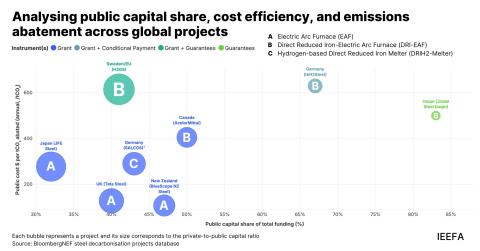Bill to spark federal post-coal reinvestment in Arizona tribal communities is a good beginning
Download Full Report
Key Findings
The bill aims to ease effects on households, businesses, public services and communities within 100 miles of NGS and the Kayenta mine.
It is modelled loosely after programs run for years by the Department of Defense Office of Economic Adjustment, which was deployed and funded through congressional appropriations to mitigate the local impacts of base closures nationally beginning in the 1980s.
Executive Summary
A new piece of proposed federal legislation called the PROMISE Act (Providing Recovery Opportunities & Mitigating Industry’s Shifting Economics) would direct the federal government to reinvest in Hopi and Navajo communities hurt by the impending closure of Navajo Generating Station (NGS) and the recent shutdown of Kayenta Mine.
The bill, introduced last week by Rep. Tom O’Halleran, whose district includes Hopi and Navajo tribal lands in north-central and northeastern Arizona, would create several ways for the government to reinvest quickly in communities that are being hit hard economically across the board by the plant and mine closure.
The PROMISE Act includes:
- Language calling on the Interior Department to study the potential reuse of the NGS site after its closure this December;
- Unspecified federal funding for “adjustment and diversification assistance” requiring only a 10 percent match from local, tribal or state agencies;
- Provision for a 70 percent federal match on local infrastructure projects;
- Appointment of a committee made up of federal cabinet-level officials, tribal representatives, and municipal, union and state leaders to oversee the initiative;
- Creation of a new Department of the Interior Office of Economic Adjustment to administer the program.
- Direct payments to tribal and local governments for revenues lost to the closure of the plant and the mine under a schedule that would replace 80 percent of lost revenue initially, stepping down by 10 percentage points annually over the life of the seven-year program, to 20 percent in the final year.
Please view full report PDF for references and sources.














